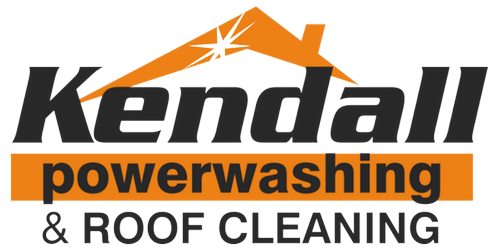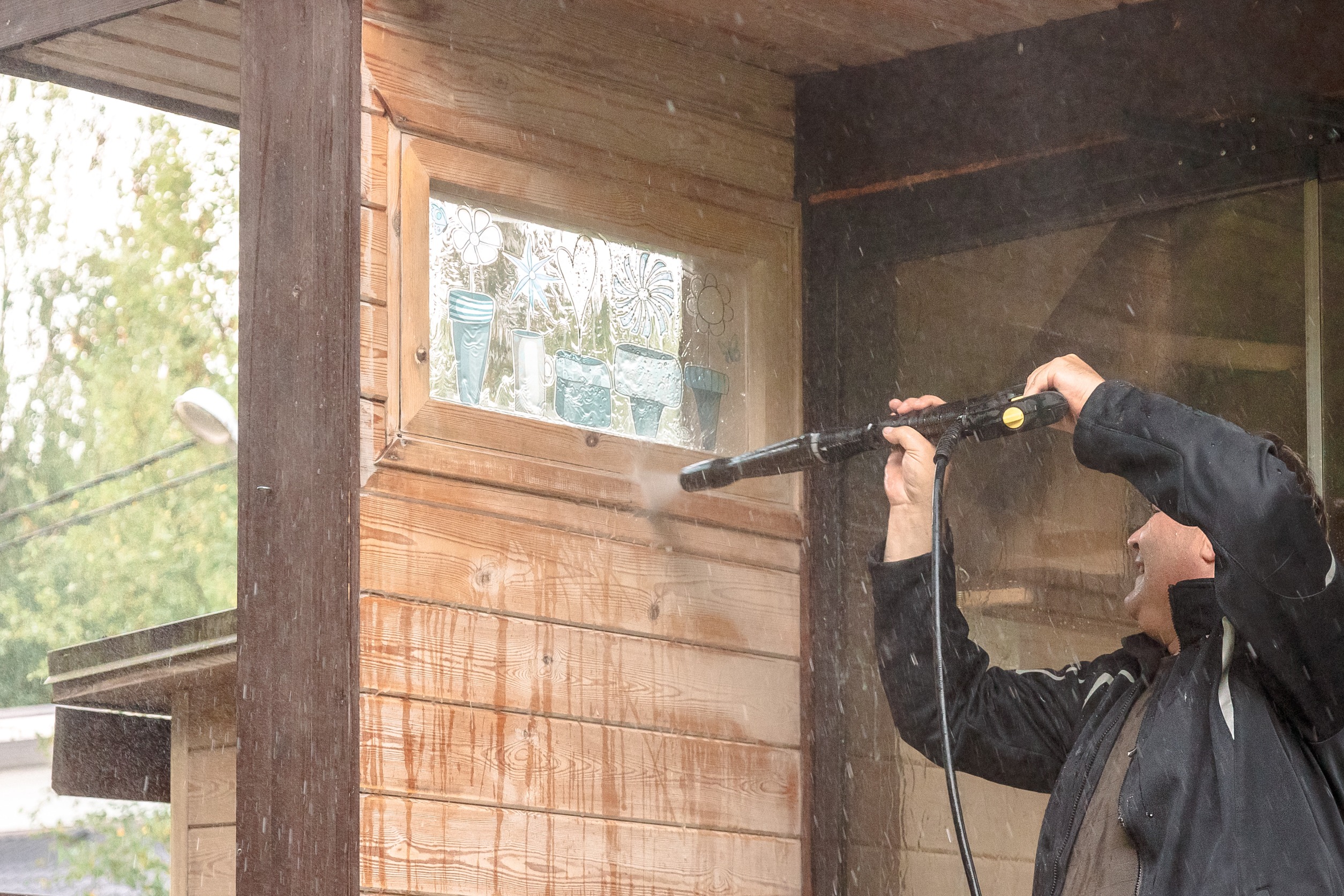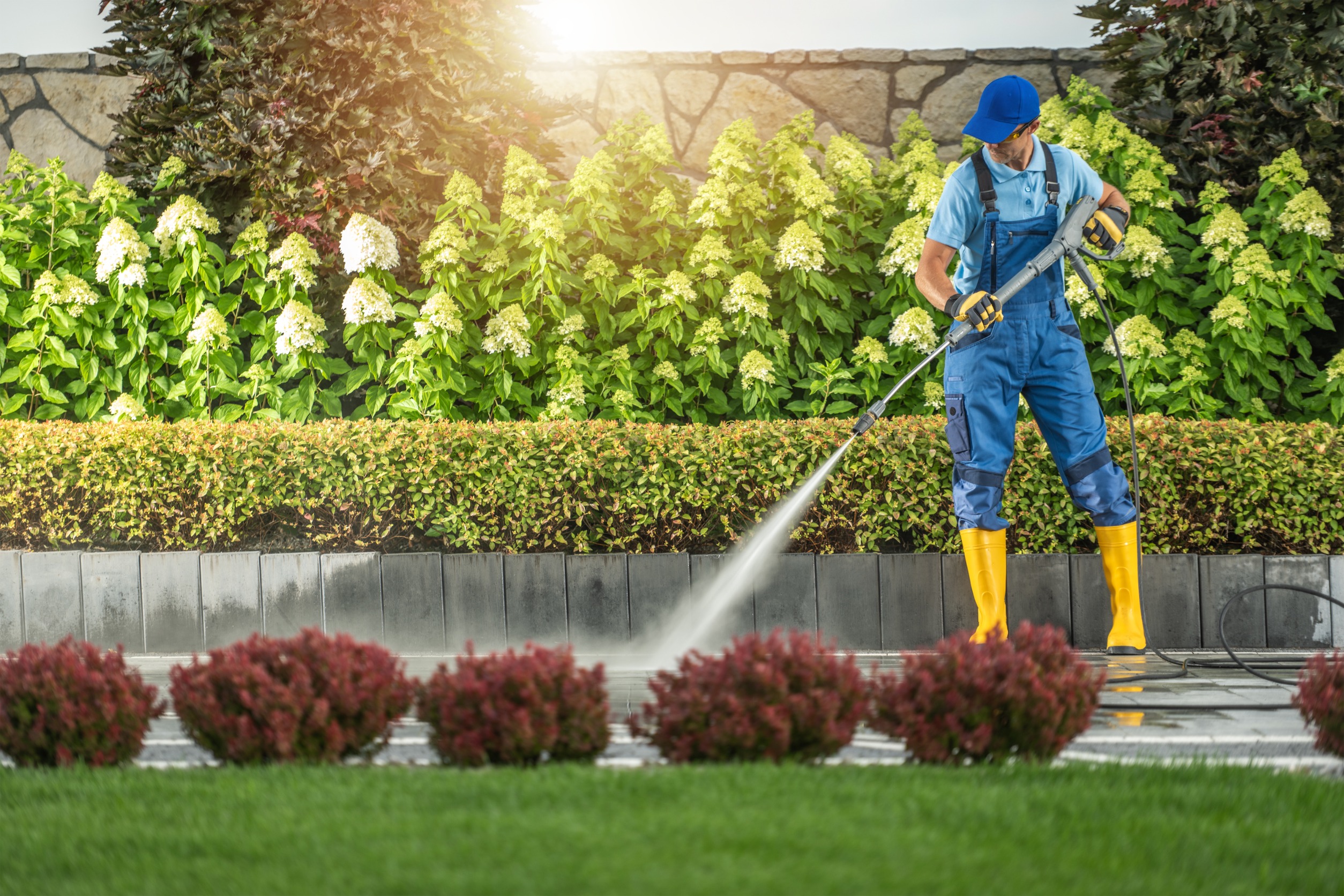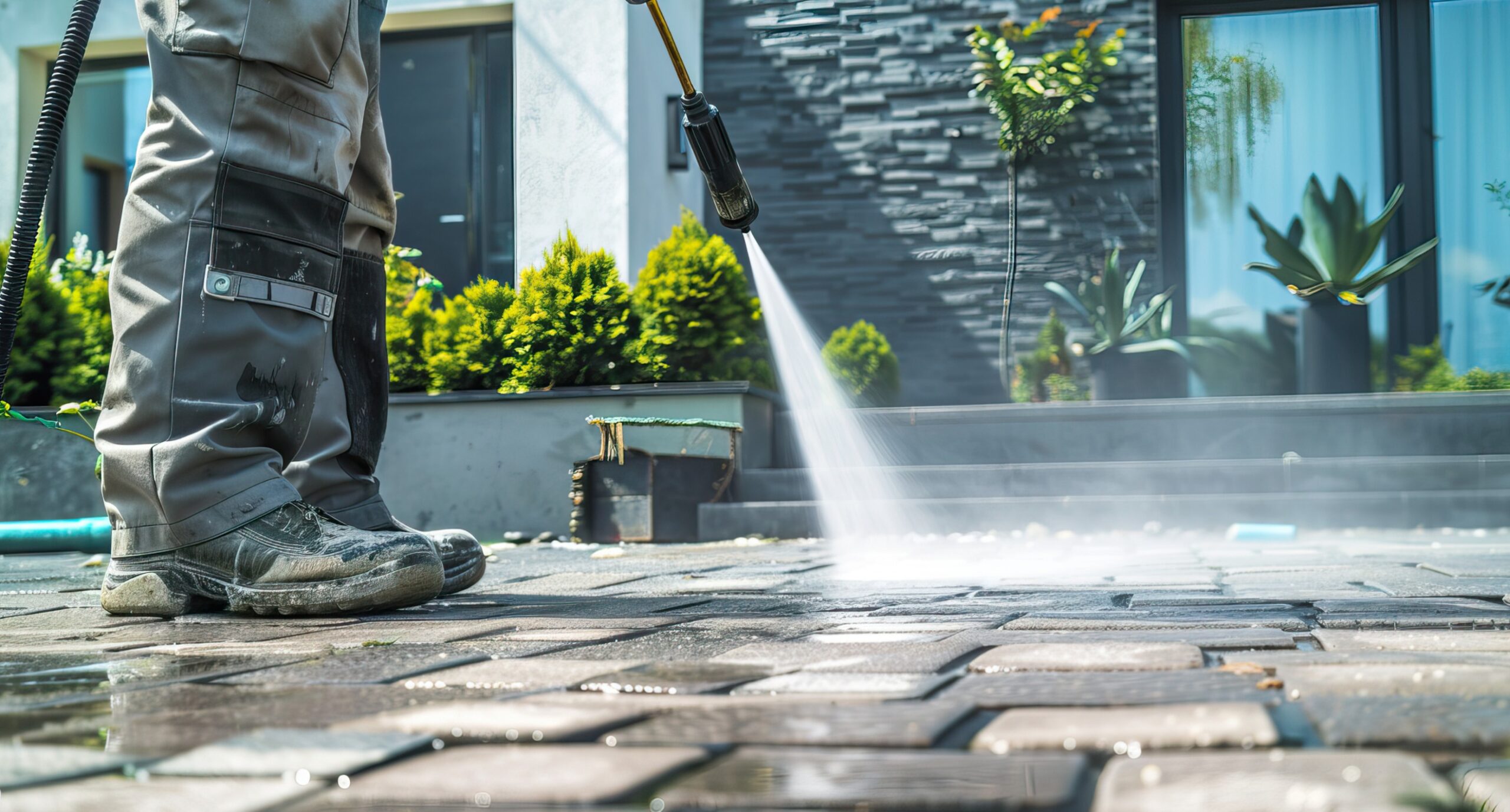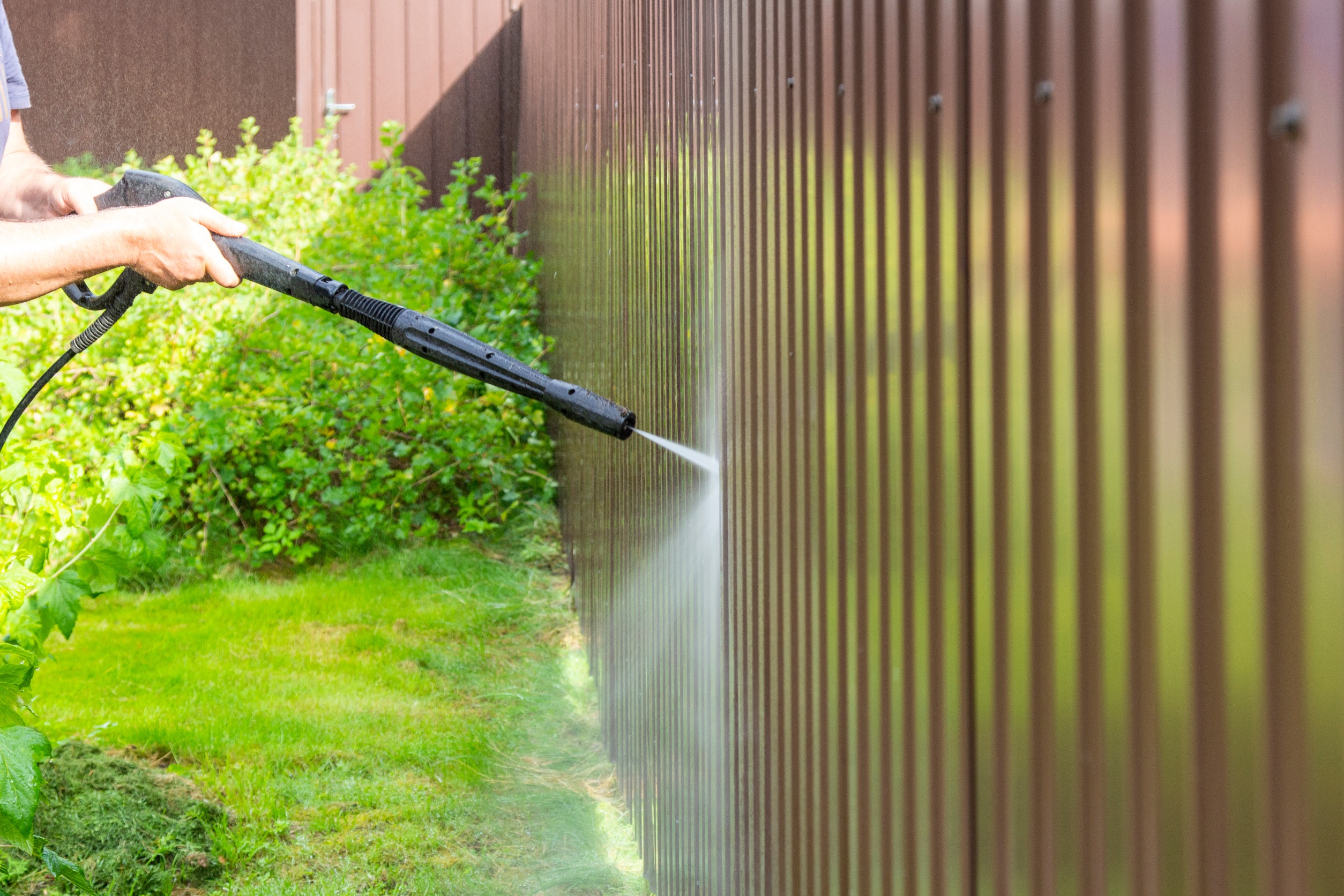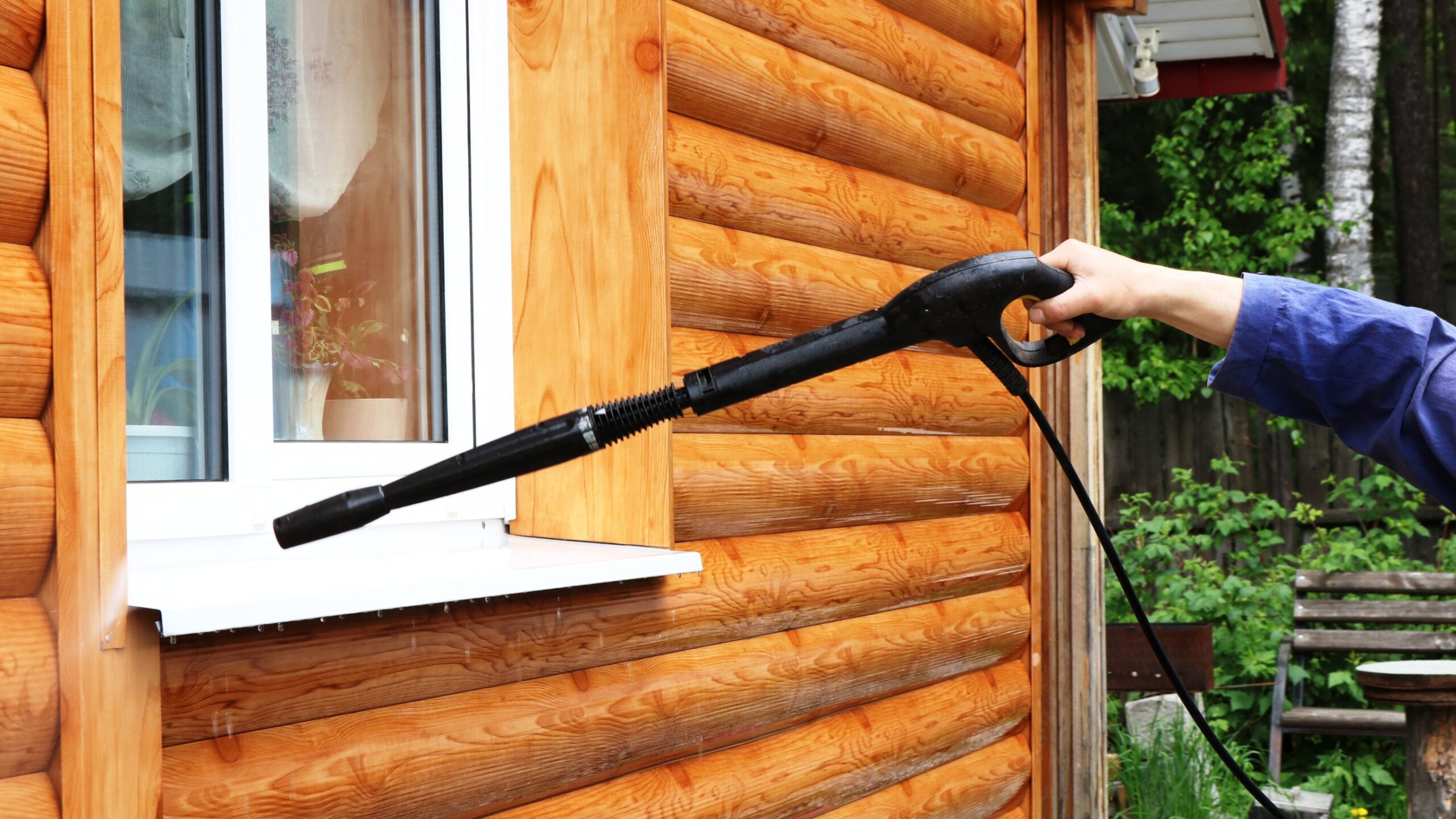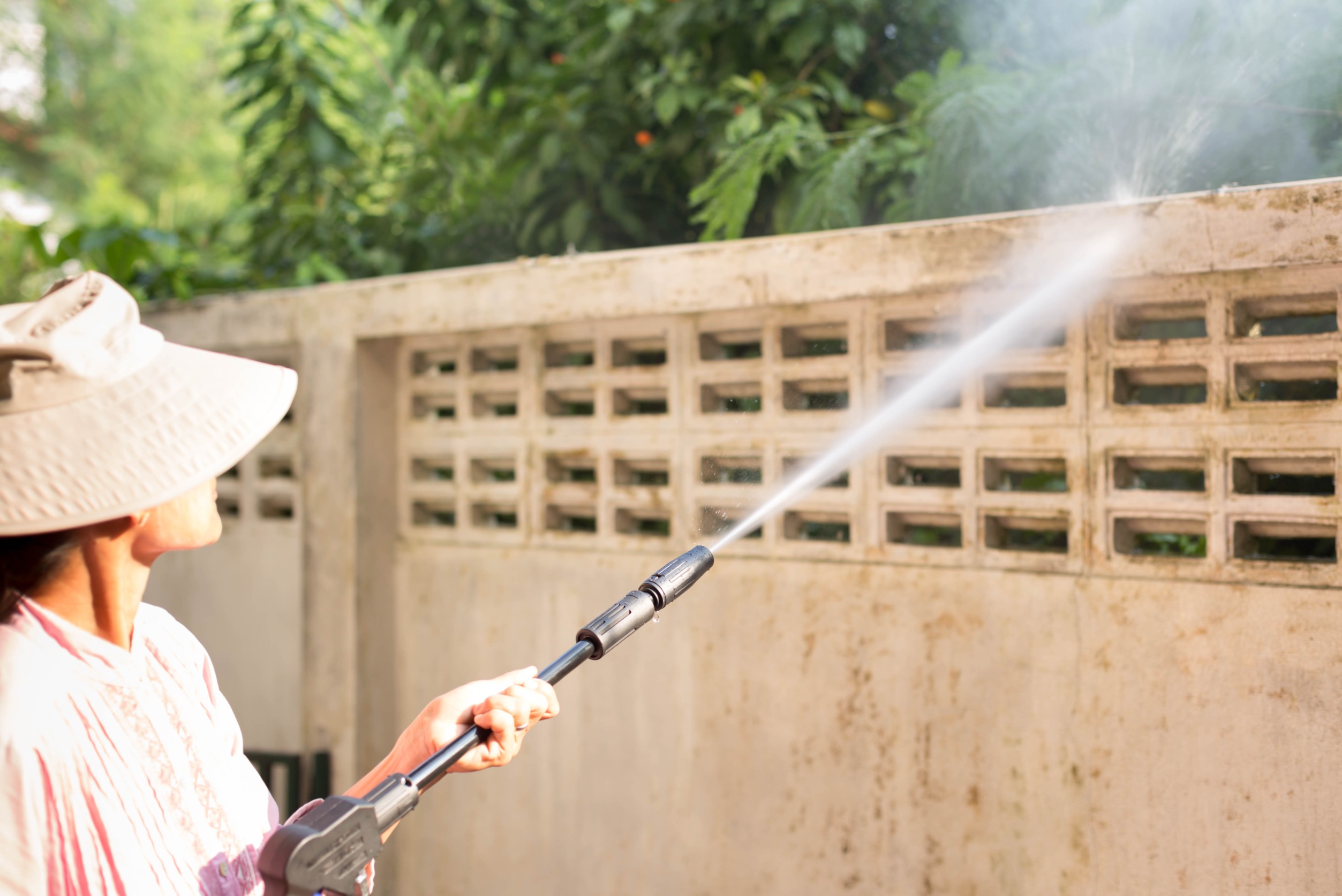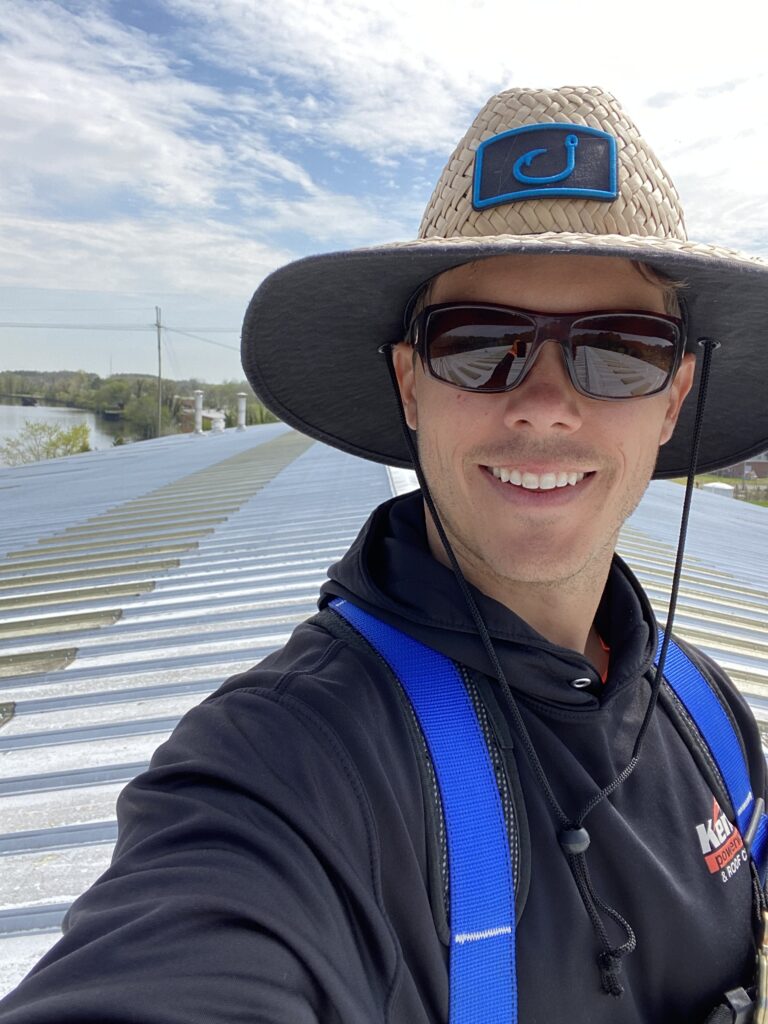Embarking on a home renovation project and wondering about the right time to paint after power washing? You’ve come to the right place! Proper preparation is crucial to achieving a durable, flawless paint finish. Power washing, an important step in the preparation process, helps in removing dirt, mildew, and loose paint. However, knowing when to paint after power washing is equally critical to ensure the paint adheres well to the surfaces.
In this post, we’ll guide you through the key considerations to ensure your paint job is a success.
Understand the Basics of Power Washing
Power washing, also known as pressure washing, involves using a high-pressure water jet to clean and prepare surfaces. Here are some important aspects to keep in mind:
- Timing: It’s essential to provide adequate drying time after power washing before painting. Generally, at least 24 hours of drying time is recommended, but this can vary based on the material of the surface and the local weather conditions.
- Weather conditions: Weather plays a significant role in drying. Ideally, power washing should be done on a sunny, warm day to facilitate quick drying. Avoid painting if rain is forecast within 24 hours.
- Surface material: Different materials have different drying times. For instance, wood may require two to three days to completely dry, while brick and concrete may dry within 24 hours.
- Moisture level: Before starting to paint, check the moisture level of the surface. It should be dry to the touch. If there’s any doubt, wait another day or use a moisture meter to confirm the surface is dry enough to paint.
Estimate How Long it Takes to Dry After Power Washing
Estimating the drying time after power washing is not an exact science, but you can make an educated guess based on several factors, such as the material of the surface and the weather conditions.
- Wood: As a porous material, wood typically requires more drying time than other materials. If your surface is wood, plan for approximately 48 to 72 hours of drying time, but always check the surface for any signs of moisture before beginning to paint.
- Concrete and brick: These materials are less porous than wood, and thus, they generally dry faster. In ideal conditions, concrete and brick surfaces may be dry enough to paint within 24 hours.
- Metal and vinyl: These surfaces typically dry the fastest, often within 4 to 12 hours.
Remember that these estimates can vary greatly depending on weather conditions. High humidity, low temperatures, and overcast skies can significantly extend drying times. Always check the surface’s moisture level before painting. Using a moisture meter can provide a quantitative measure of the moisture content, which can be particularly useful for materials like wood.
Evaluate Your Paint Quality and Prep Work Before Painting
Before you begin the actual process of painting, it’s crucial to assess the quality of the paint you’re going to use and ensure all the necessary prep work has been executed properly.
Not all paints are created equal. High-quality paints provide better coverage, greater durability, and longer-lasting finishes. They may also contain additives that deter mold and mildew, crucial considerations for outdoor surfaces. When selecting paint, also keep in mind the type of surface you’re painting. For instance, some paints are specifically formulated for wood, while others are designed for concrete or metal.
Additionally, proper preparation of the surface can significantly impact the final outcome of your paint job. This includes removing any residues, scraping off loose or peeling paint, filling in cracks and holes, and sanding the surface to create a smooth. It’s also a good idea to apply a primer, especially on porous surfaces like wood, as it can help seal the surface and allow the paint to adhere better.
Remember, a successful paint job isn’t just about the painting process itself, but also about the quality of the paint and the preparation that goes into it. Paying attention to these details can help ensure a high-quality, long-lasting finish.
Prepare to Paint by Doing Touch-Ups
Before you commence the process of painting, it’s wise to conduct a thorough examination of the surface for any imperfections and execute necessary touch-ups. Any small holes, cracks, or uneven surfaces can profoundly impact the final look of your paint job.
- Filling: Use an appropriate filler to treat any holes or cracks on the surface. Make sure the filler suits the material of your surface. For example, a wood filler for wooden surfaces, or masonry filler for brick or concrete surfaces.
- Sanding: After the filler dries, sand the patched areas down to ensure they are level with the rest of the surface. This smooth, even surface aids in the flawless application of paint.
- Cleaning: After sanding, ensure to clean the surface to remove any dust or debris. This step is crucial, as any remaining particles can interfere with the paint’s adhesion to the surface.
Once the surface is smooth, devoid of any imperfections, and clean, it’s ready for the application of primer and paint. This thorough preparation work, including the essential touch-ups, ensures your final paint job is smooth, uniform, and professional-looking.
Consider Your Weather Conditions and Temperature
Weather conditions and temperature significantly influence both the drying time post-power washing and the painting process itself. It’s crucial to consider these factors before you start your project. Here are some things to keep in mind:
- Temperature: The optimal temperature for painting is typically between 50°F and 85°F. Too hot, and the paint may dry too quickly, leading to brush marks. Too cold, and the paint may have difficulty adhering properly, resulting in peeling or flaking over time.
- Humidity: High humidity can extend drying times and adversely affect the paint’s finish. It’s recommended to avoid painting on very humid days or when rain is expected within 24 hours.
- Sunlight: Direct sunlight can cause the paint to dry too quickly and can lead to uneven color. If possible, try to paint in the shade or during the cooler parts of the day.
Checking the local weather forecast and planning accordingly can help ensure a successful, high-quality paint job. Always remember that rushing a paint job to beat the weather can result in a disappointing finish – patience, and preparation is key.
Be Patient
Patience is truly a virtue when it comes to painting after power washing. The time you invest in allowing the surface to adequately dry and in preparing the surface meticulously paves the way for a high-quality finish. Hasty steps could lead to subpar results such as peeling or chipping paint, which would require remedial work, consuming more time and resources in the long run. Therefore, it’s wise to wait for optimal conditions and to take all the necessary preparatory steps. In painting, as in many areas of life, patience often leads to the best outcomes.
About Us
Kendall Roof and Exterior Cleaning should be your one-stop destination if you need a clean power wash in Salisbury, Maryland. We are a team of professionals who understand the necessity of having a clean exterior for every home. We focus on providing safe, reliable, and cost-effective exterior cleaning services. You can reach us at 4107265650 or fill out our contact form to learn more about our residential pressure washing services.
